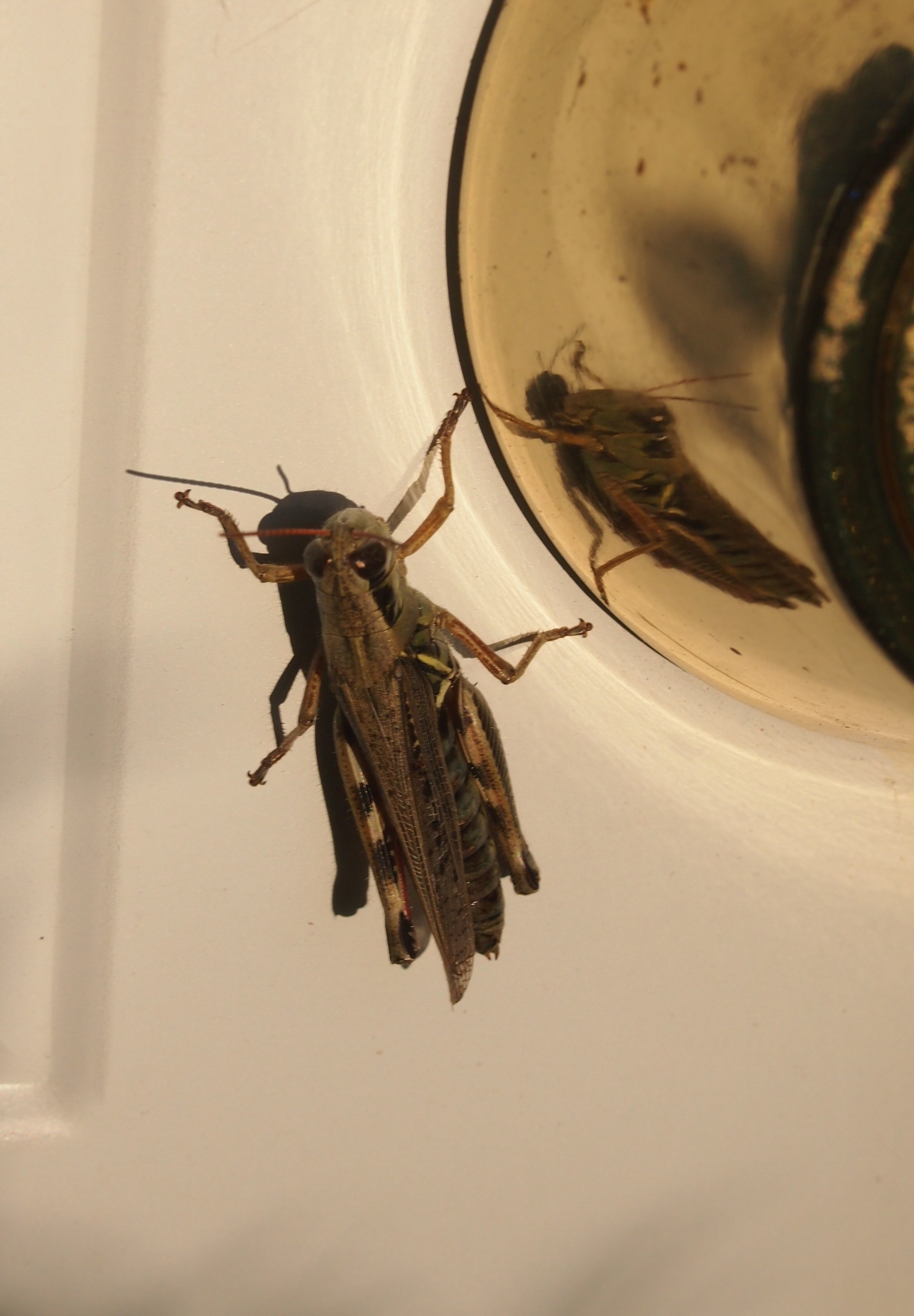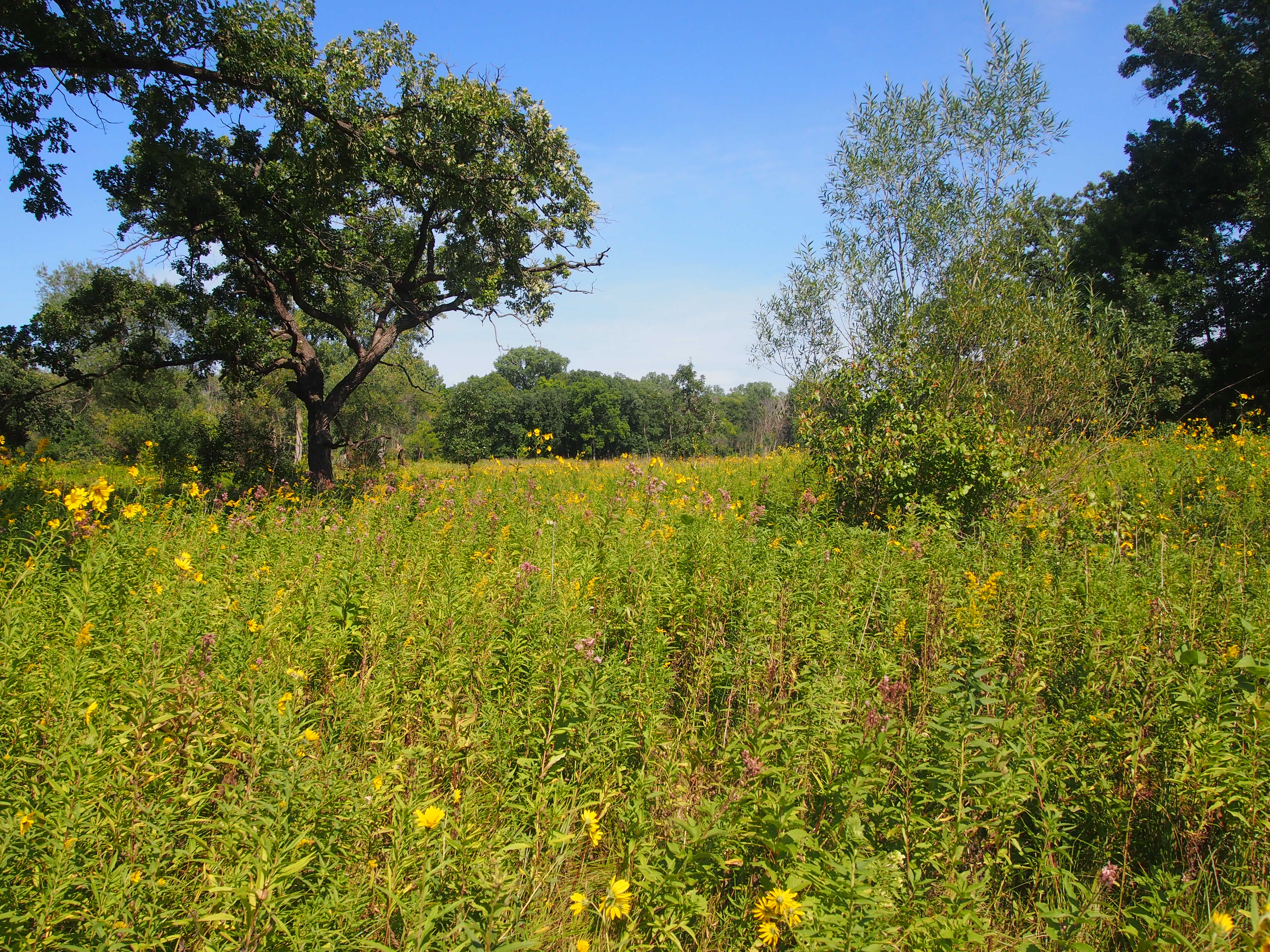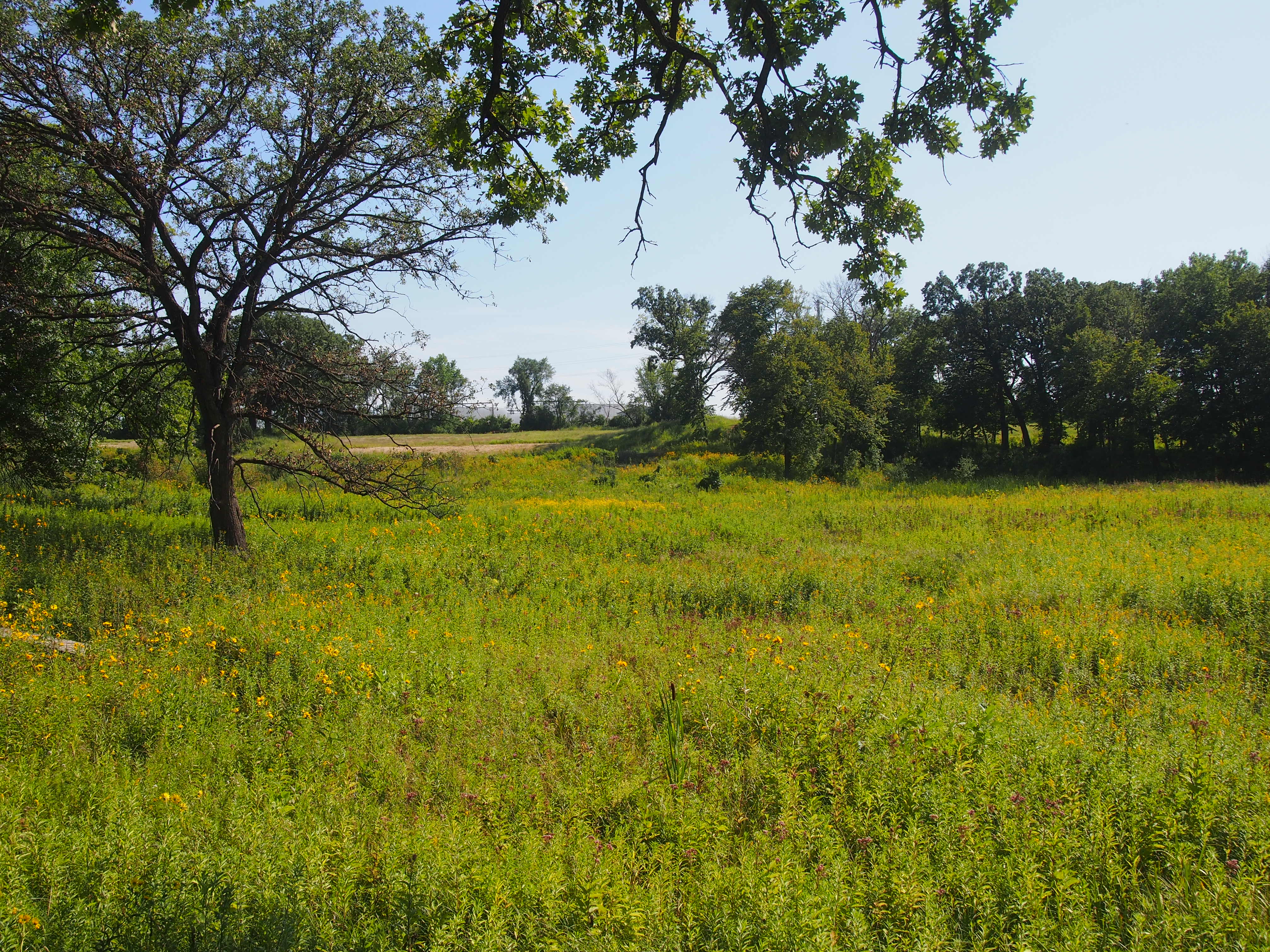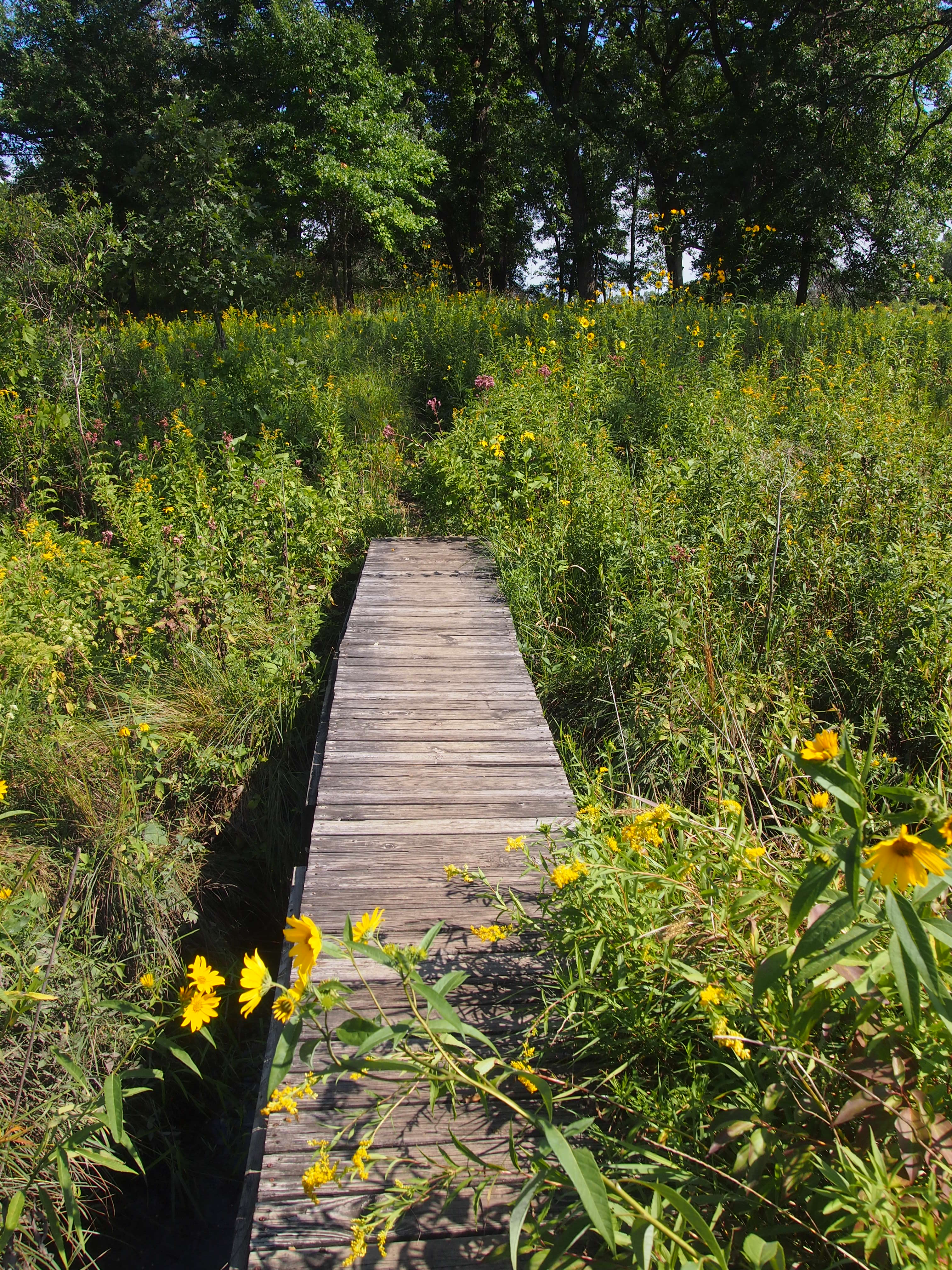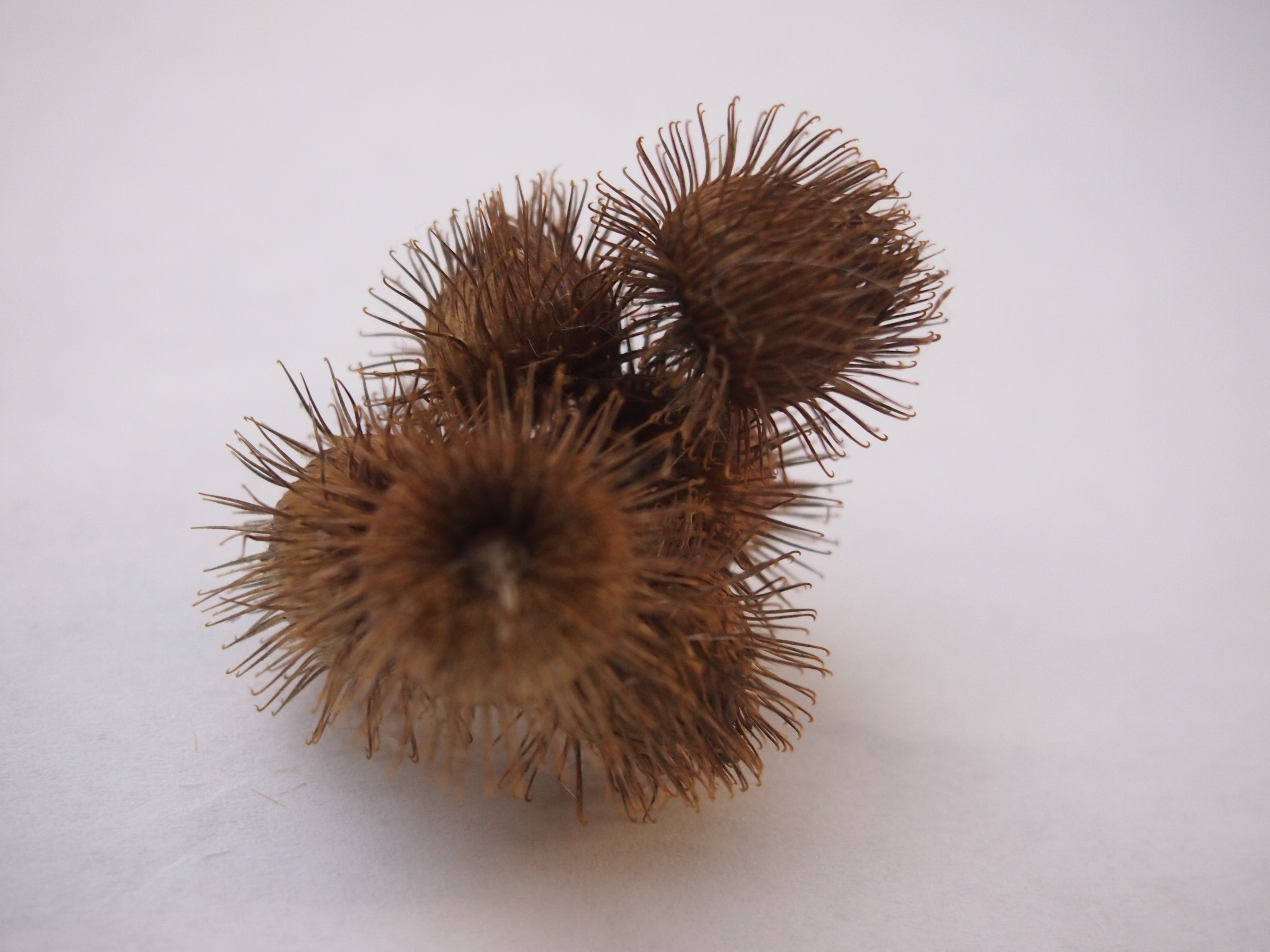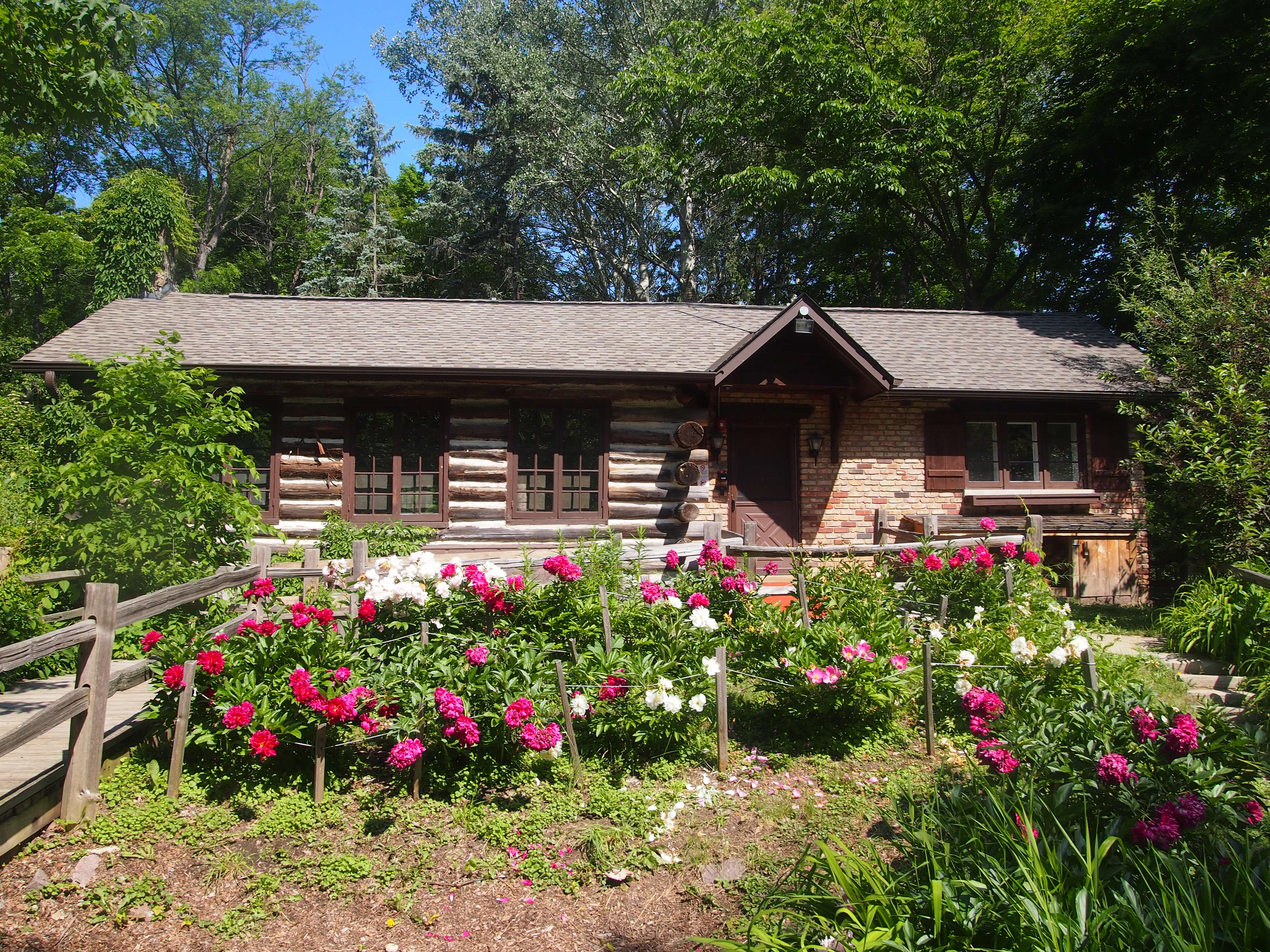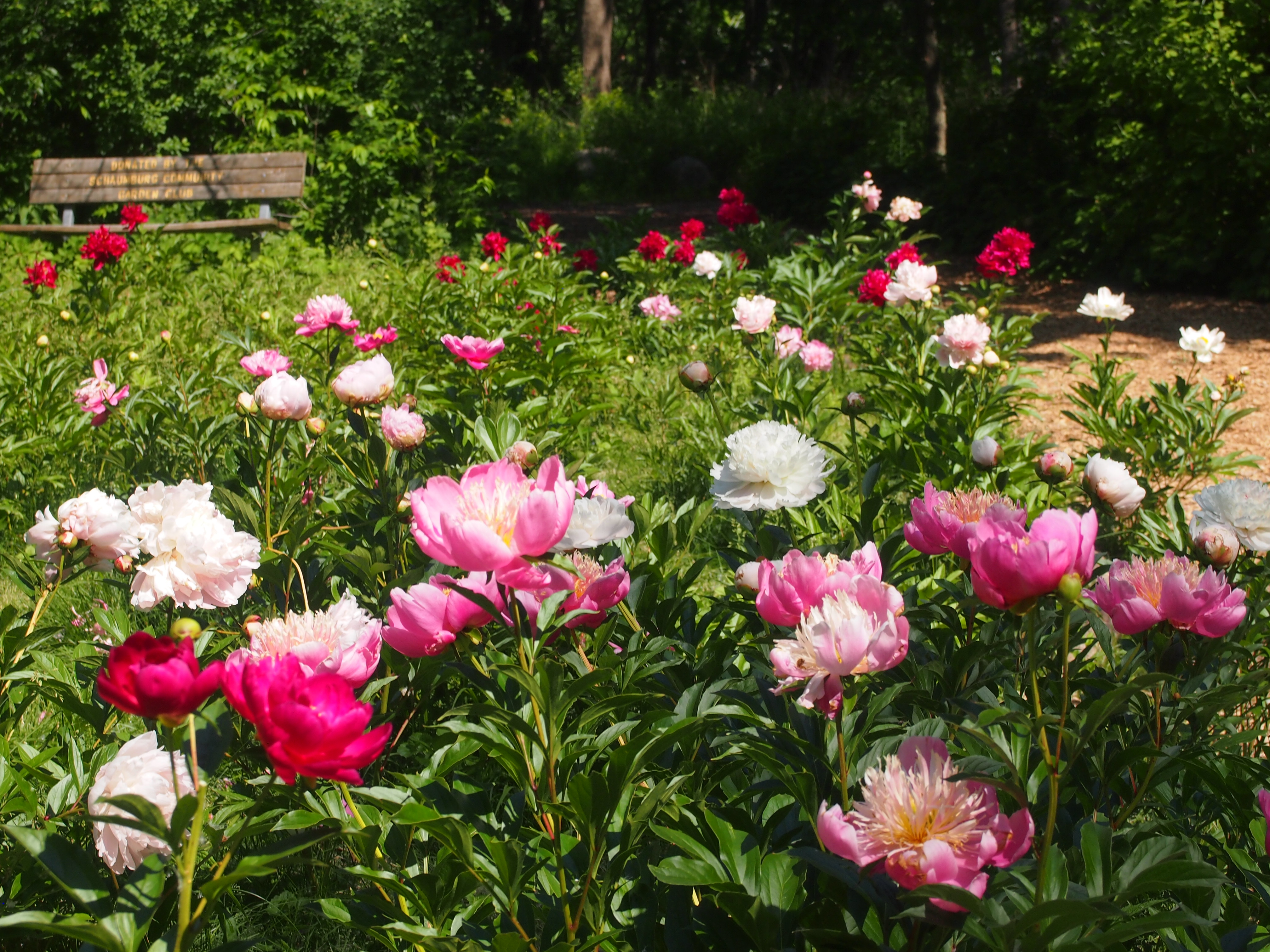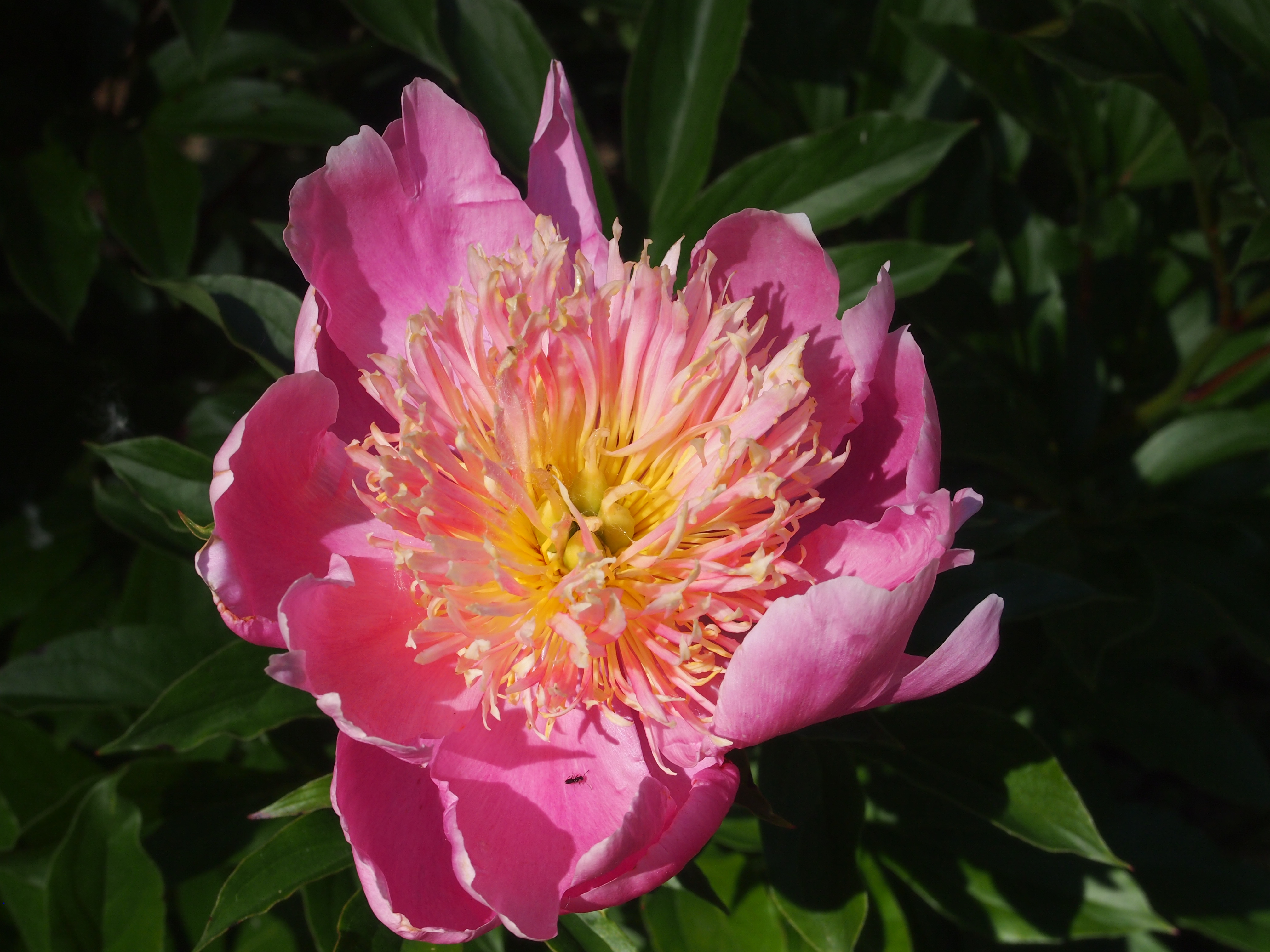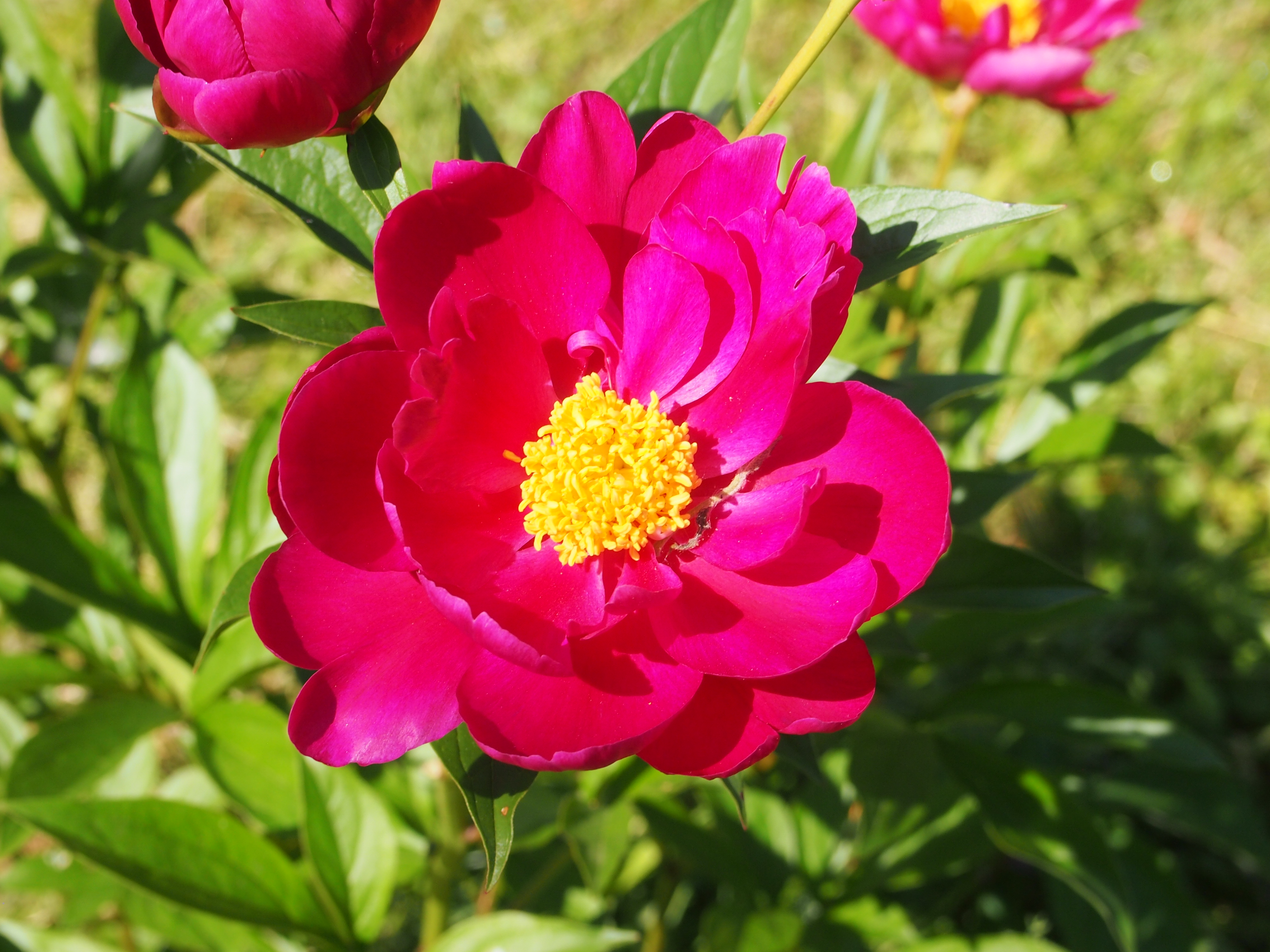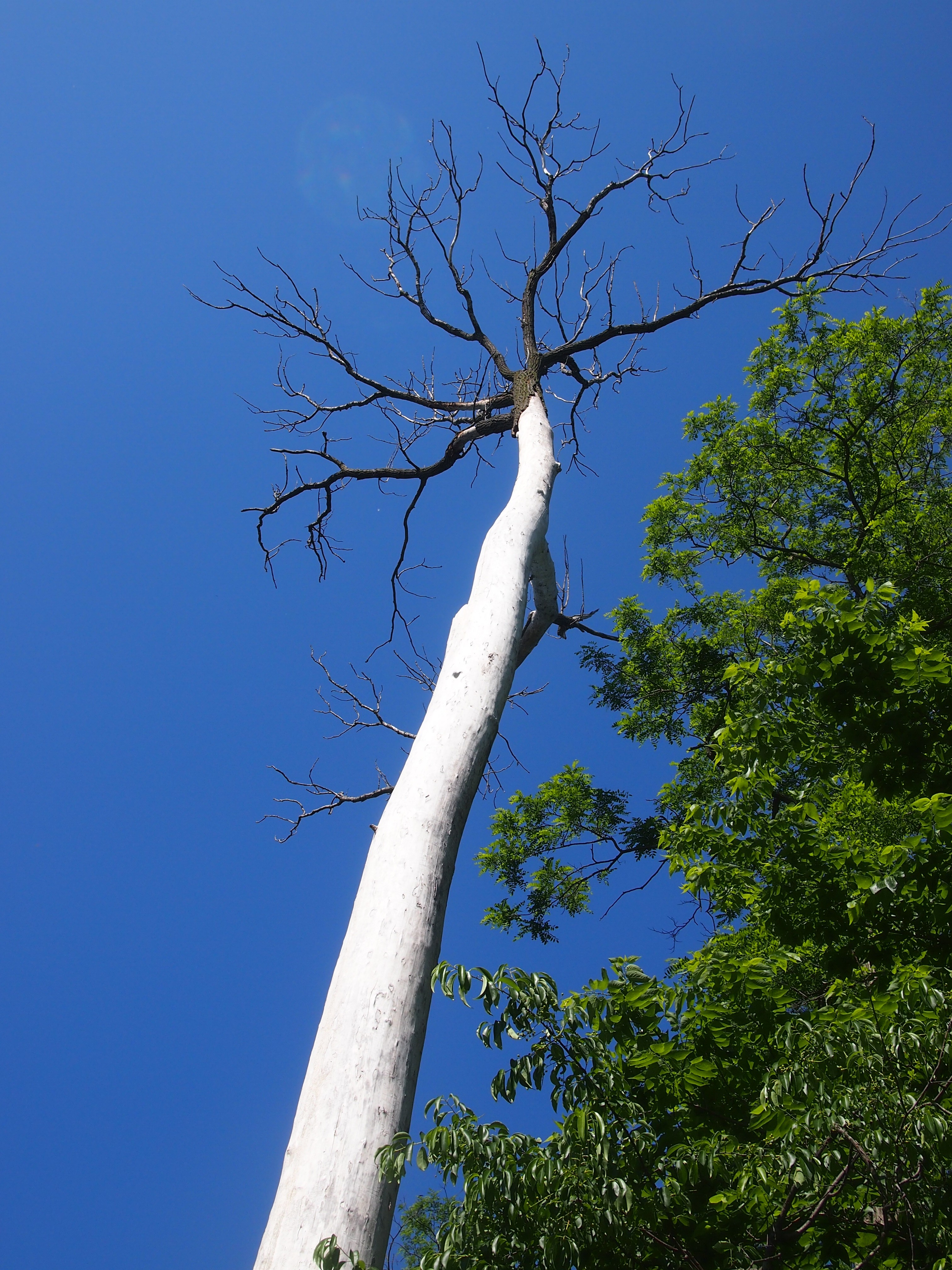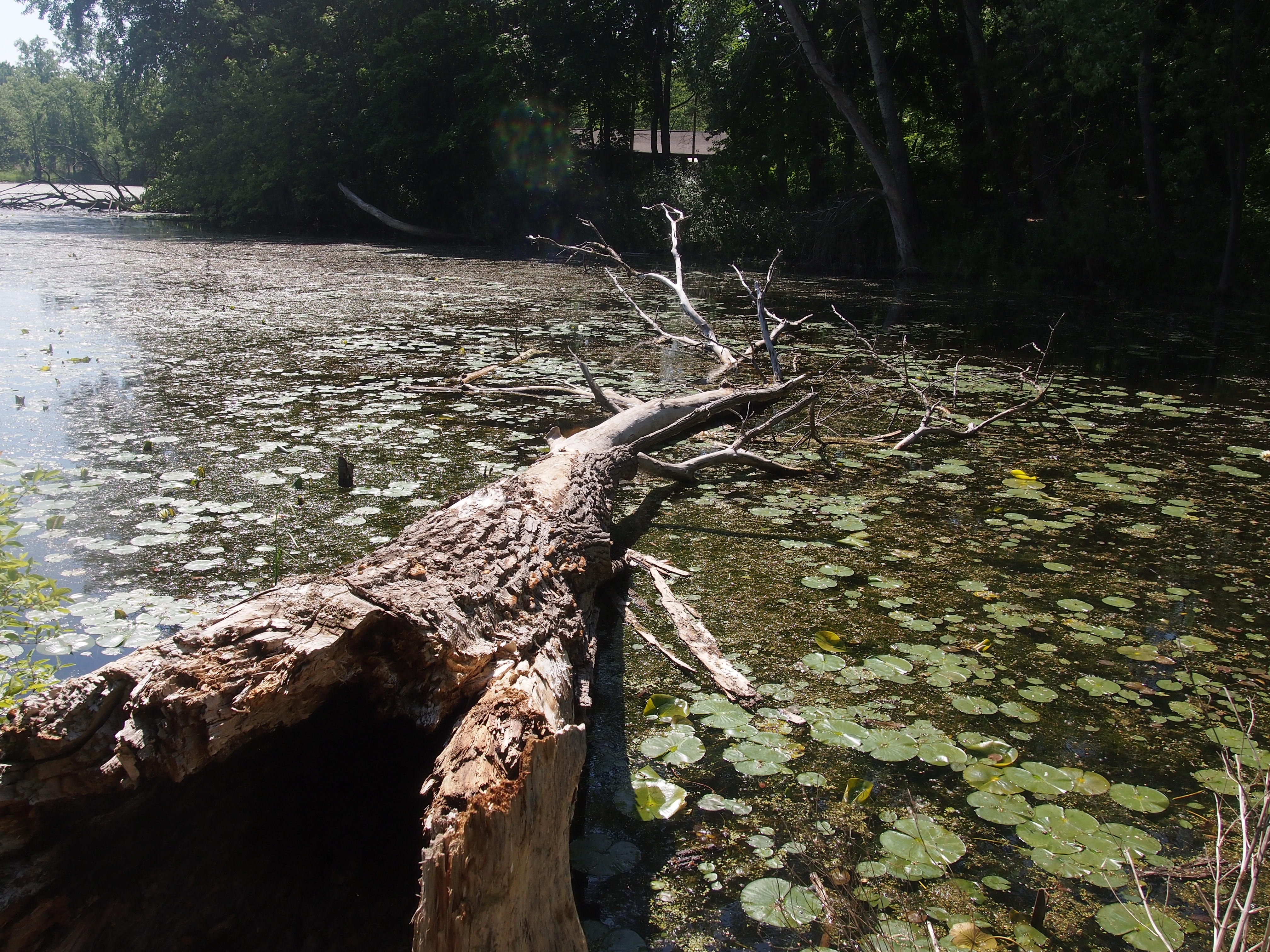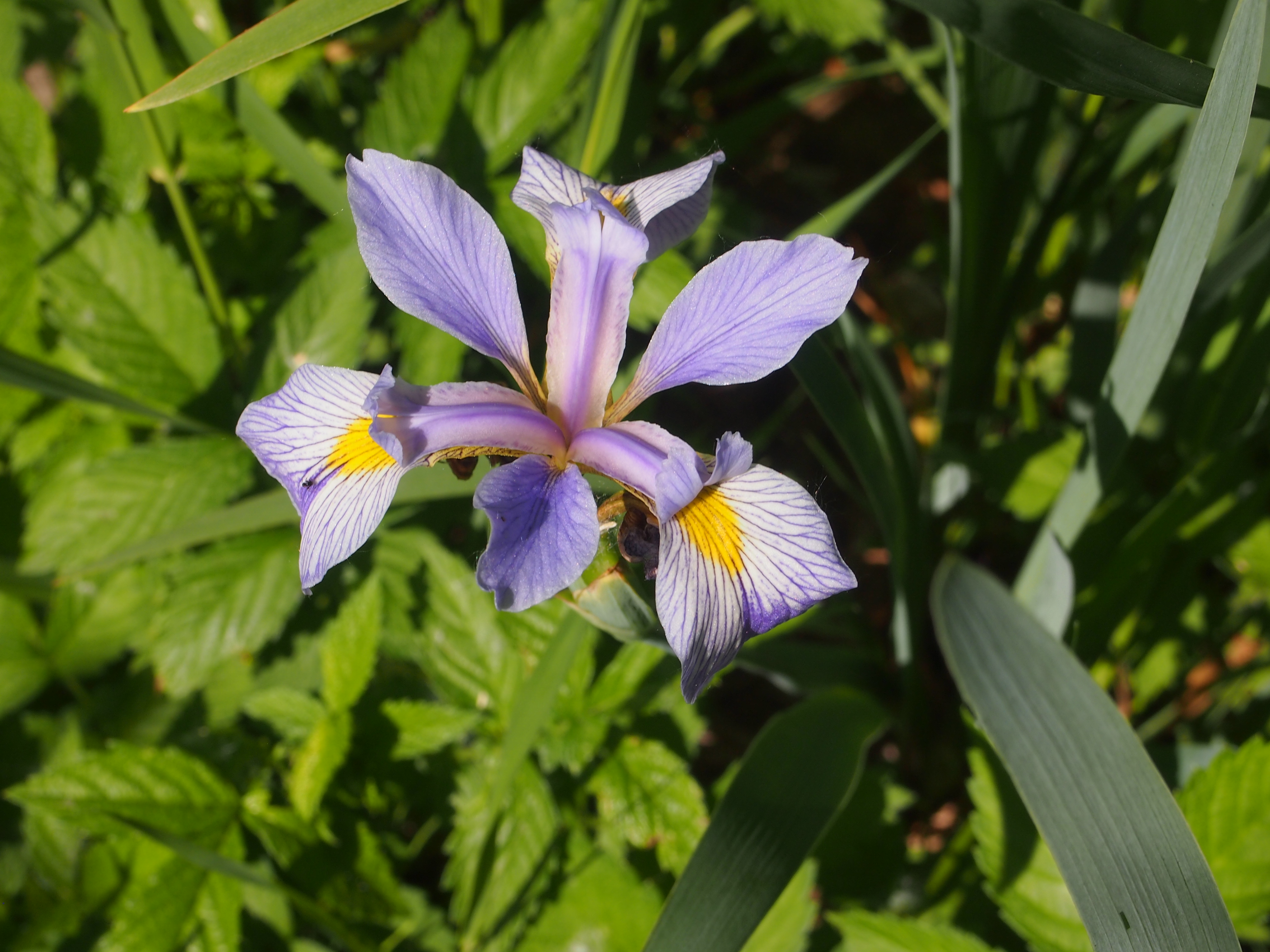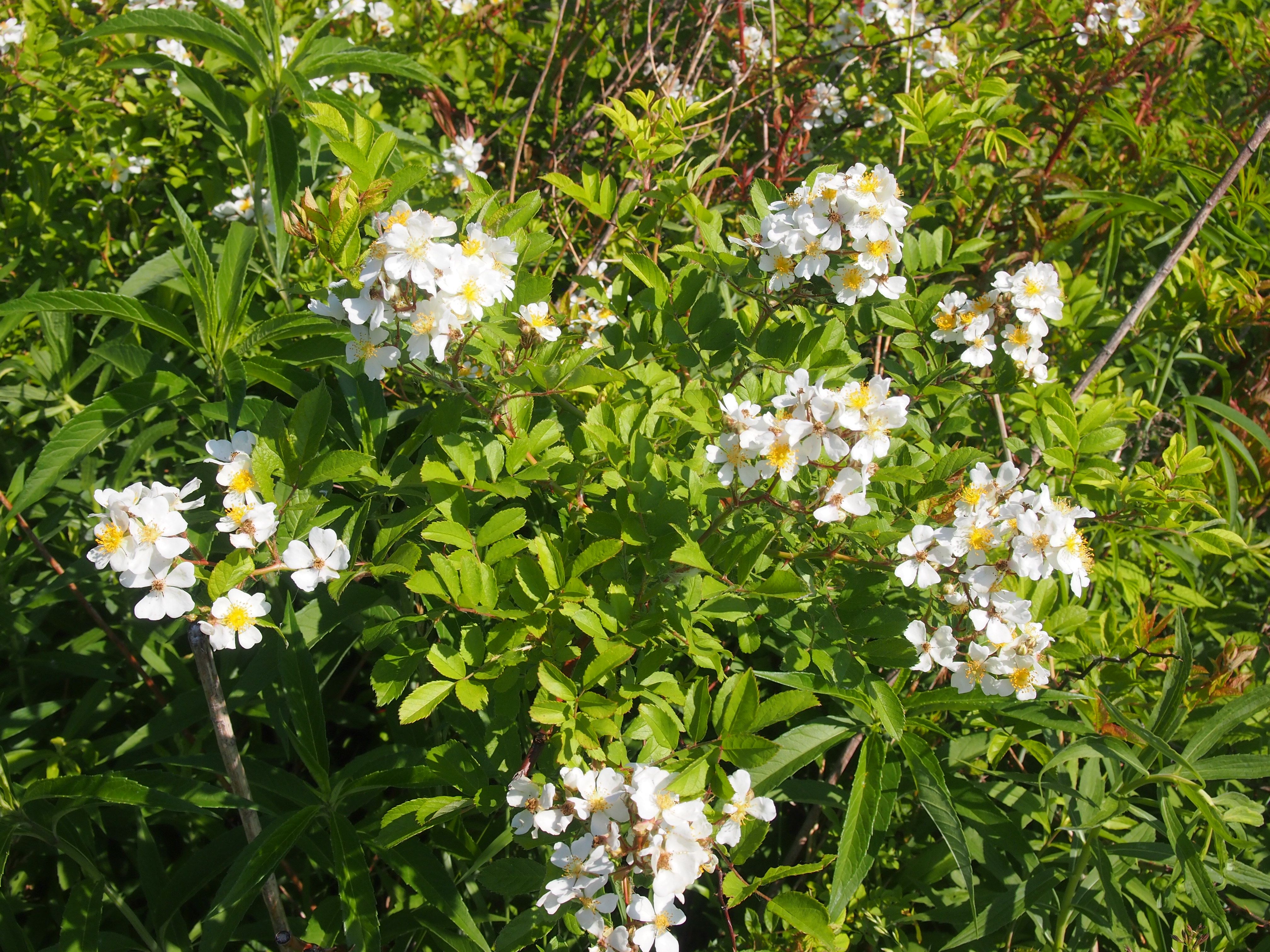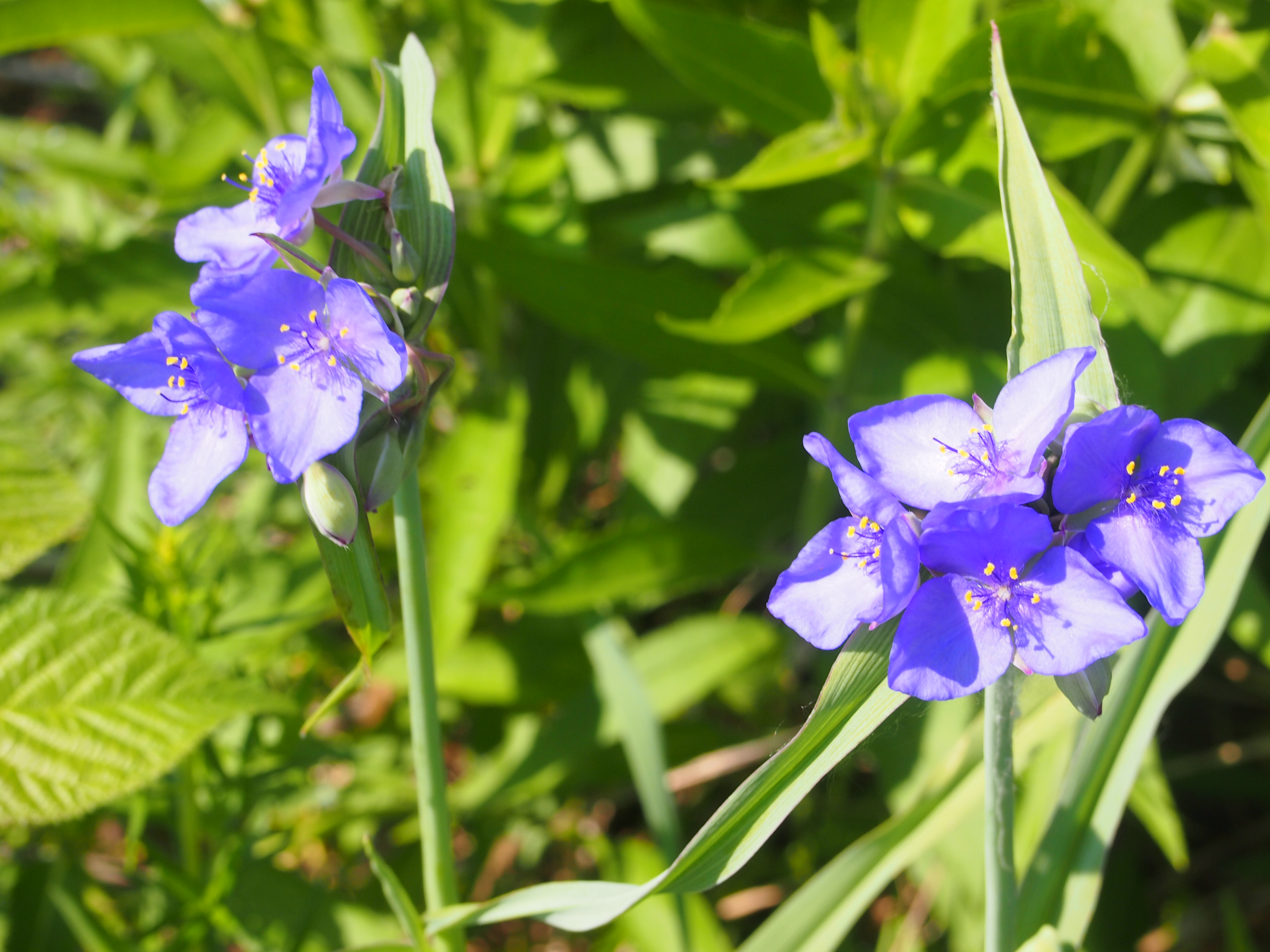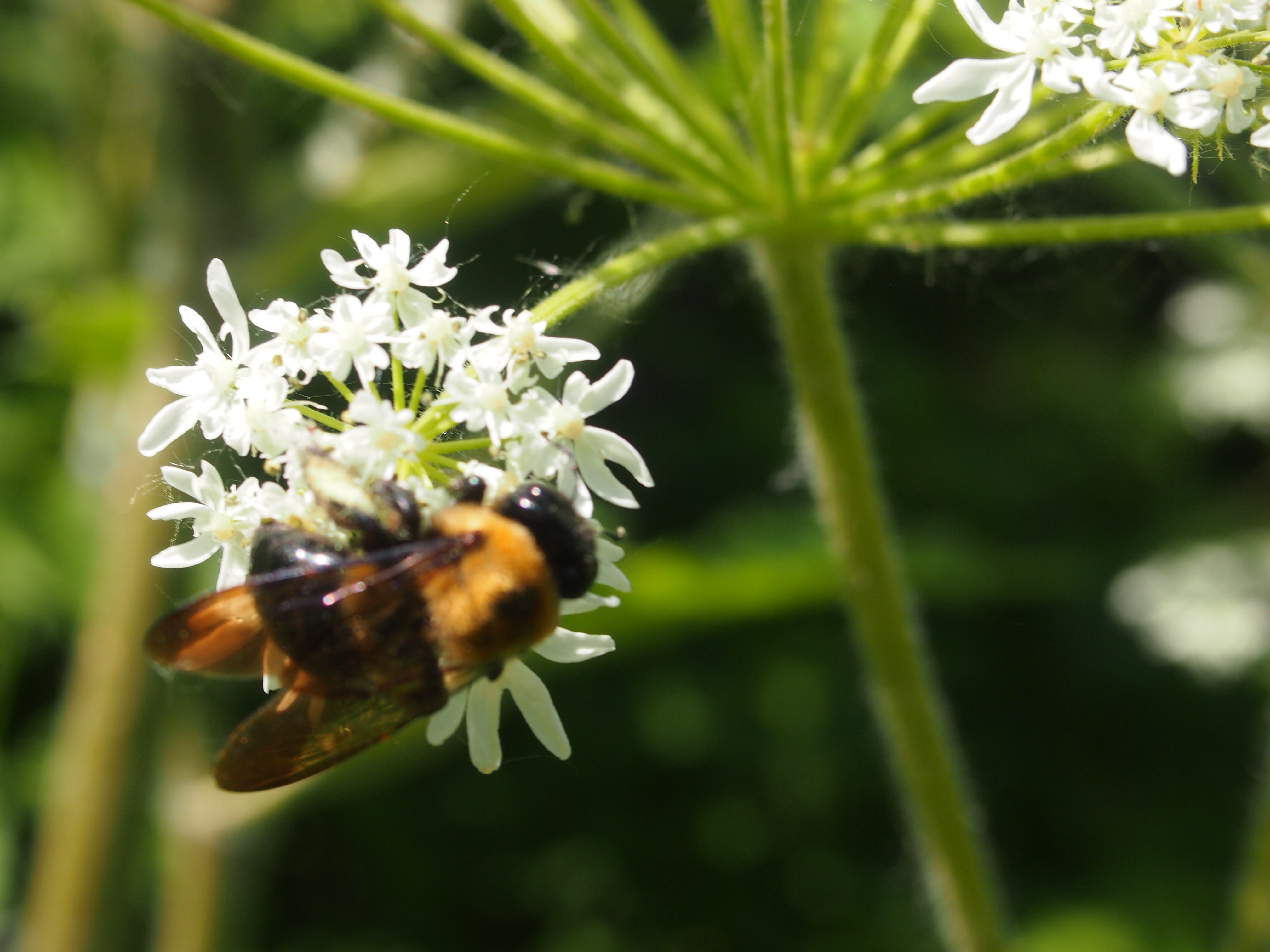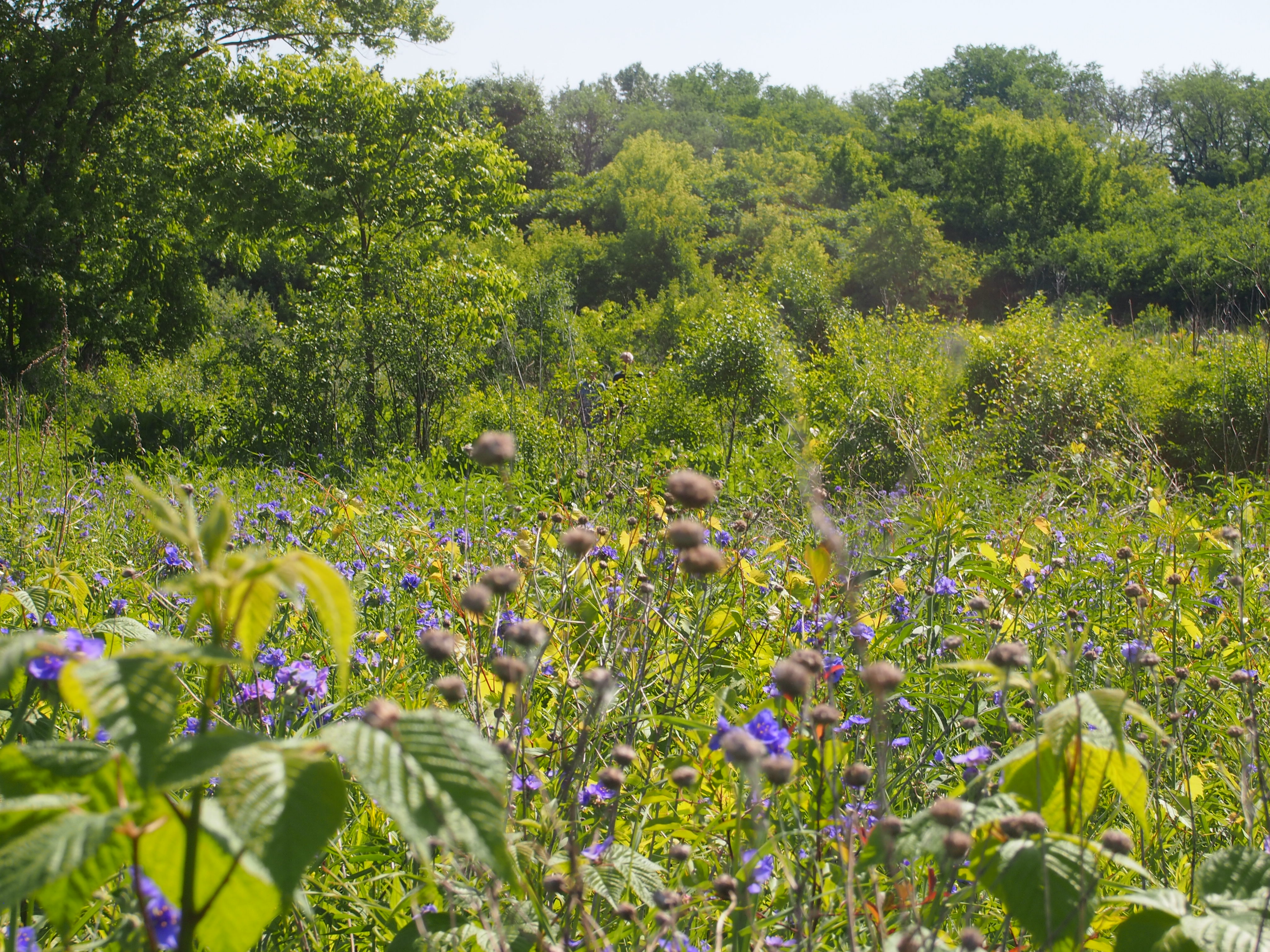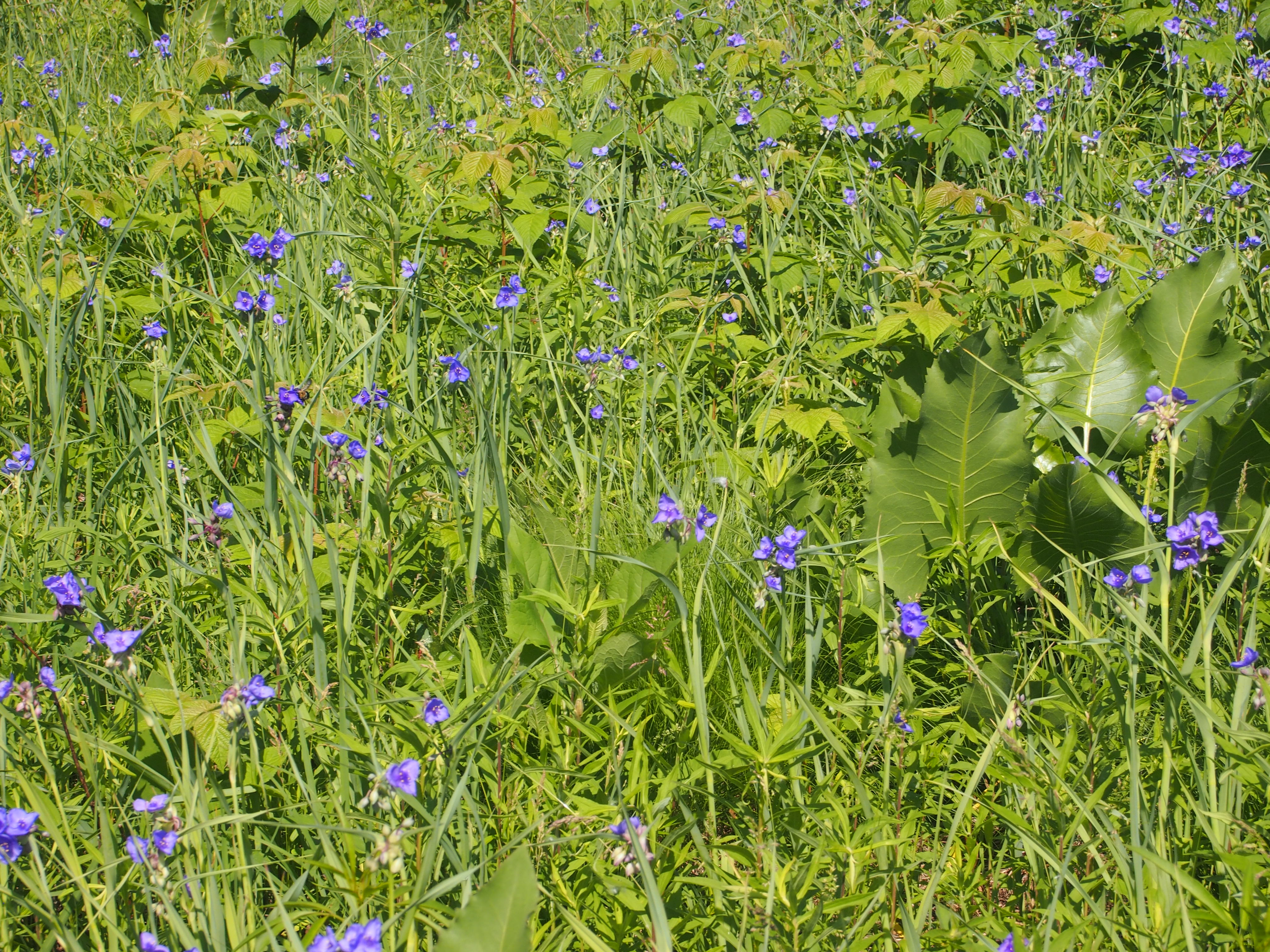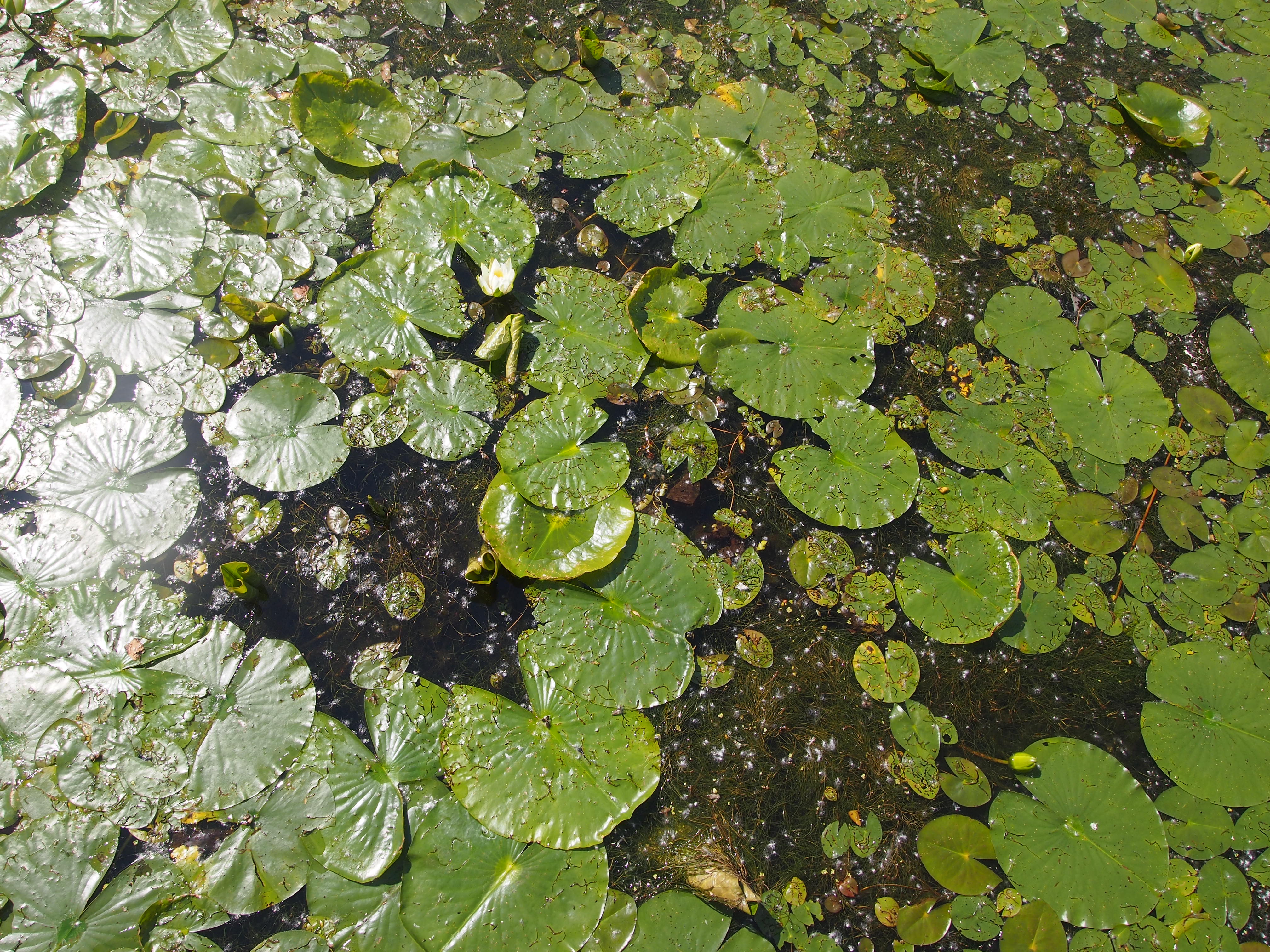In his TEDx Talk (see yesterday), Ed also mentioned a transformative experience – maybe transcendent experience — he had at Haleakalā, the enormous volcano on Maui. Brave fellow that Ed, walking into a volcano against medical advice.
Even against the advice of the National Park Service, which says re Haleakalā National Park: “The Summit and Kīpahulu Districts are remote. An ambulance can take up to 45 minutes to arrive at either district from the nearest town. People with respiratory or other medical conditions should also be aware that the summit of Haleakalā is at 10,000 ft.”
Can’t say that my experience at Haleakalā was transformative, except that incremental transformation one gets living day to day, with a handful of those days including things marvelous to behold. The vista down into the cone was certainly that, like no place I’d seen before.
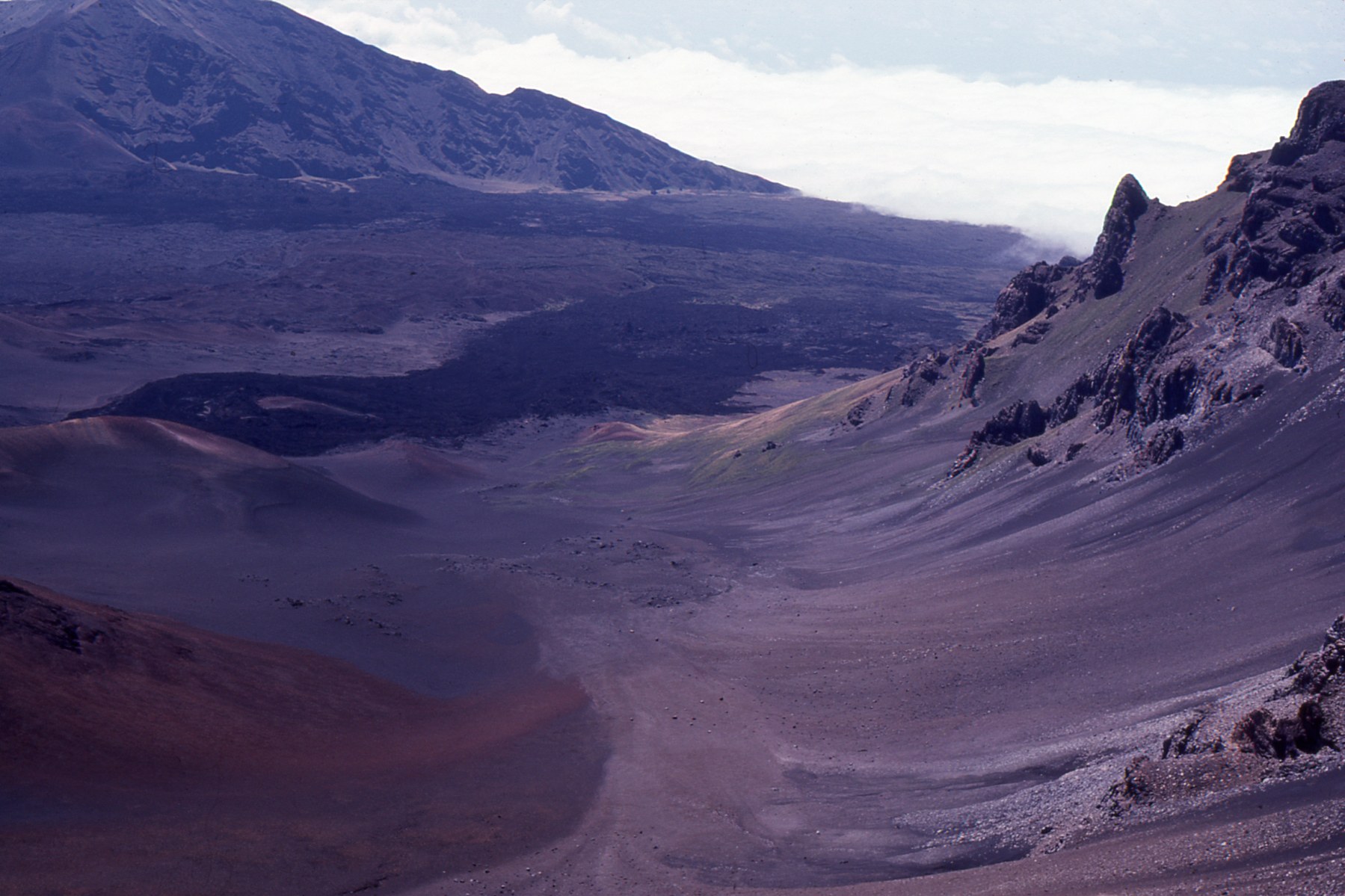 Mars. I thought of Mars, with its rocks and rusty terrain. When I gazed down into Haleakalā in 1979, and took a few of my own pictures, the pictures taken by Viking were still pretty fresh. But I knew it was Earth; a rare part of Earth, accessible to the likes of me only because of the twists and turns of history and personal circumstance.
Mars. I thought of Mars, with its rocks and rusty terrain. When I gazed down into Haleakalā in 1979, and took a few of my own pictures, the pictures taken by Viking were still pretty fresh. But I knew it was Earth; a rare part of Earth, accessible to the likes of me only because of the twists and turns of history and personal circumstance.
That day I made the acquaintance of the silversword, Argyroxiphium sandwicense macrocephalum, which grows nowhere else, though another subspecies grows on Mouna Kea.
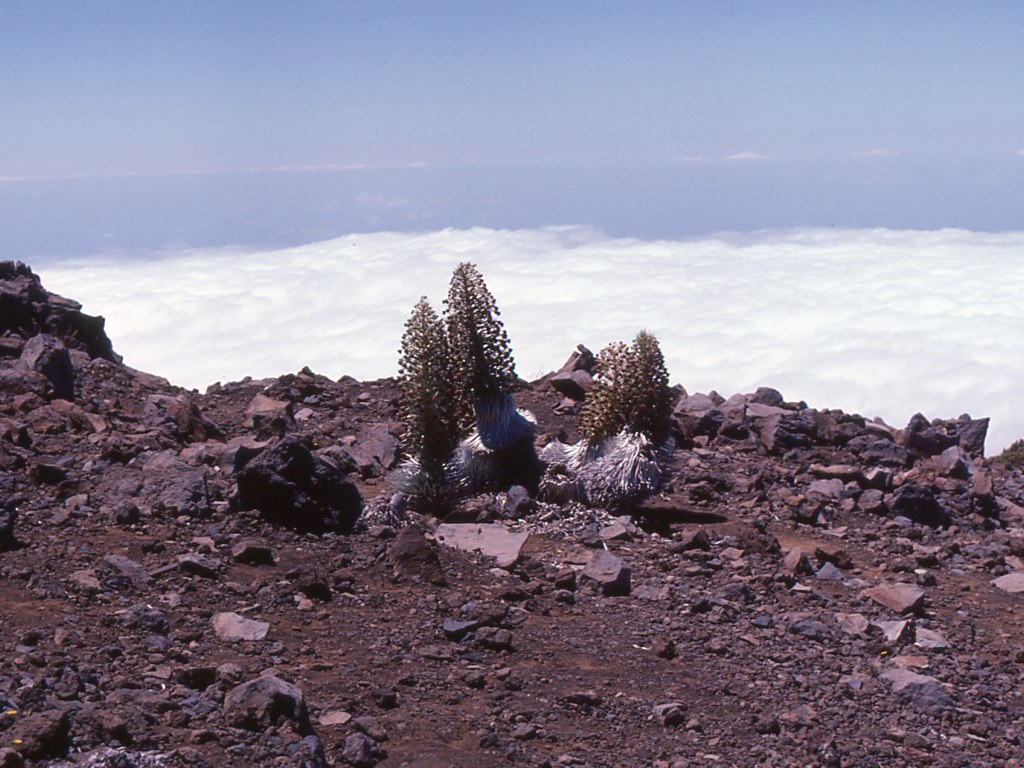 Say that to yourself: The Silverswords of Haleakalā. Fun just to say. Sounds like one of Edgar Rice Burroughs lesser-known works.
Say that to yourself: The Silverswords of Haleakalā. Fun just to say. Sounds like one of Edgar Rice Burroughs lesser-known works.
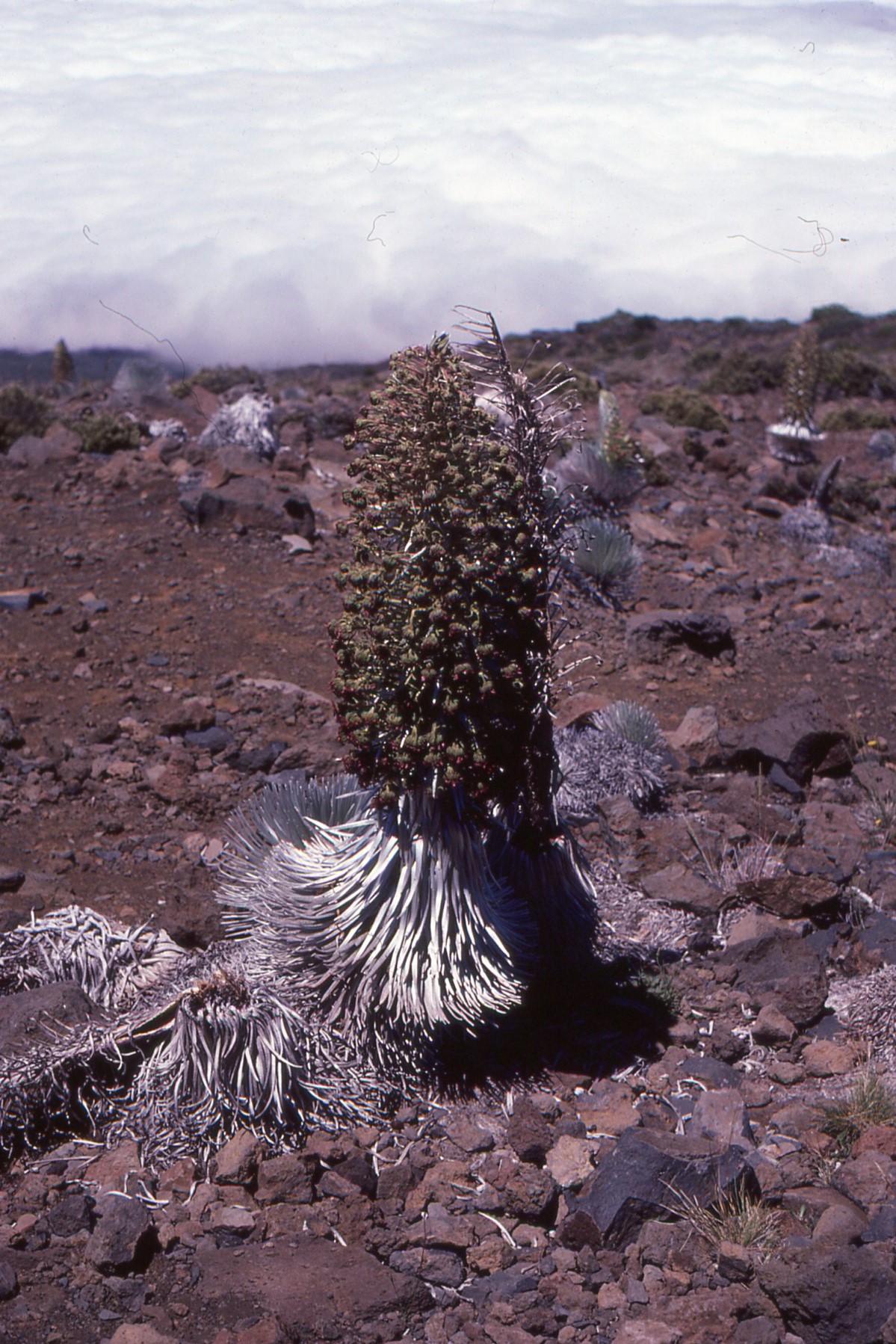 Plenty of fully grown men and women who didn’t exist when I took in the vista of Haleakalā and its silverswords are now loose in the world, so long ago was it. But I get some satisfaction from the almost certain knowledge that the vista hasn’t changed at all since then.
Plenty of fully grown men and women who didn’t exist when I took in the vista of Haleakalā and its silverswords are now loose in the world, so long ago was it. But I get some satisfaction from the almost certain knowledge that the vista hasn’t changed at all since then.
